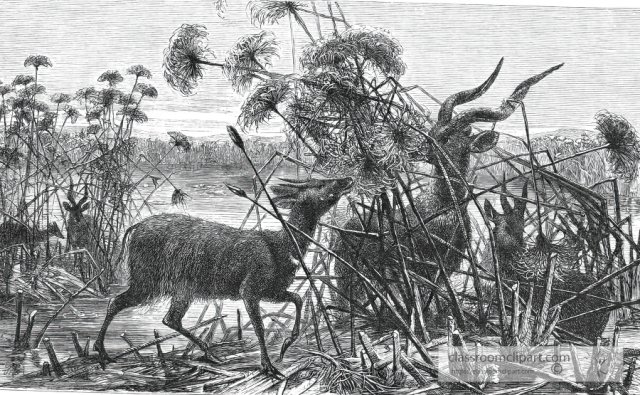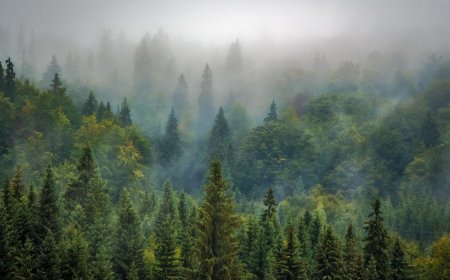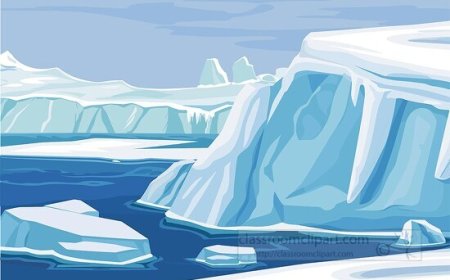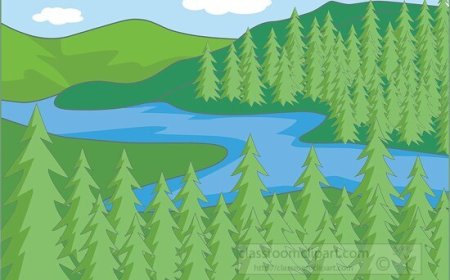Marshes for Kids: Fun Facts, Plants, and Why They Matter
Discover marshes in this kid-friendly guide. Learn about marsh plants, animals, and why these wetlands are important to our world

🌾🦢 Marshes: The Lush Homes of Water and Wildlife
🌼 Introduction
Marshes are a type of wetland where grasses and reeds grow in shallow water. They are some of the most productive ecosystems on Earth, meaning they produce lots of plants and support many animals. Marshes help clean water, control floods, and provide homes for countless birds, fish, and insects.
In this article, you’ll learn what marshes are, where they are found, what lives there, and why they are so important to the environment.
🧬 What Is a Marsh?
A marsh is a wetland that:
-
Is covered in shallow water for all or most of the year.
-
Has soft, muddy soil rich in nutrients.
-
Is filled with non-woody plants like grasses, sedges, and reeds.
Marshes are different from swamps because swamps have lots of trees, while marshes are mostly open and grassy.
🌍 Where Are Marshes Found?
Marshes exist all over the world:
-
Along rivers and lakes (called freshwater marshes).
-
Along coasts where salty ocean water meets land (called salt marshes).
Examples of famous marshes:
-
Okefenokee Swamp and Marsh (Georgia, USA)
-
Florida Everglades (USA)
-
Danube Delta (Europe)
-
Sundarbans (India and Bangladesh)
🌿 Types of Marshes
There are two main kinds:
Freshwater Marshes:
-
Found inland around rivers, ponds, and lakes.
-
Filled with cattails, rushes, and lilies.
Salt Marshes:
-
Found along coasts and estuaries.
-
Flooded by tides with salty or brackish water.
-
Have plants like cordgrass and pickleweed.
🌱 Plants of the Marsh
Marsh plants are adapted to living in wet soil.
Common marsh plants include:
-
Cattails: Tall plants with brown “hotdog” flower spikes.
-
Bulrushes: Grassy plants with round stems.
-
Reeds: Tall grasses that grow in thick clumps.
-
Water lilies: Floating plants with broad leaves.
-
Cordgrass: Grows in salt marshes.
These plants help trap sediment and filter pollutants from water.
🦢 Animals of the Marsh
Marshes are filled with animals that need water to survive.
Birds:
-
Herons
-
Egrets
-
Ducks
-
Marsh wrens
Mammals:
-
Muskrats
-
Beavers
-
Otters
Amphibians and Reptiles:
-
Frogs
-
Turtles
-
Alligators (in warm regions)
Fish and Insects:
-
Minnows
-
Catfish
-
Dragonflies
-
Mosquitoes
Many animals lay eggs or raise young in marshes because the water provides protection.
🌊 Why Are Marshes Important?
Marshes are often called “nature’s kidneys” because they:
-
Filter pollutants and improve water quality.
-
Slow down floodwaters by soaking up rain and runoff.
-
Reduce erosion along riverbanks and coasts.
-
Provide nurseries for fish and young animals.
-
Store carbon, helping slow climate change.
🛑 Threats to Marshes
Marshes are disappearing due to:
-
Drainage for farming and building.
-
Pollution from cities and farms.
-
Invasive species crowding out native plants.
-
Climate change causing sea level rise.
Over half of the world’s marshes have been lost in the past century.
🌱 How Can We Help?
You can protect marshes by:
-
Using less fertilizer and pesticides.
-
Supporting wetlands conservation groups.
-
Planting native plants near waterways.
-
Learning about marshes and teaching others.
Even small efforts can make a difference!
✨ Interesting Facts About Marshes
-
A single acre of marsh can hold over 1 million gallons of floodwater.
-
Marshes are among the most productive habitats in the world.
-
Salt marshes protect coastlines from storms and hurricanes.
-
Marsh plants help filter harmful chemicals out of the water.
-
Many migratory birds depend on marshes to rest and feed.
-
Muskrats build lodges out of cattails and reeds.
📝 Kid-Friendly Summary
Marshes are wetlands filled with shallow water and grasses. They help clean water, prevent flooding, and give homes to many plants and animals. Some marshes have fresh water, and others have salty water from the ocean. Marshes are disappearing, but we can help by protecting them and keeping pollution out of waterways.
🧠 Vocabulary Words
| Word | Definition |
|---|---|
| Marsh | A wetland filled with grasses and shallow water. |
| Wetland | Land covered by water all or part of the year. |
| Salt Marsh | A marsh flooded by salty ocean water. |
| Freshwater Marsh | A marsh with non-salty water. |
| Sediment | Tiny bits of soil and sand carried by water. |
| Erosion | The wearing away of soil or rock. |
| Filtration | Cleaning water by removing dirt and chemicals. |
| Invasive Species | Non-native plants or animals that harm habitats. |
| Nursery | A place where young animals grow and are protected. |
| Estuary | Where a river meets the ocean. |





















































